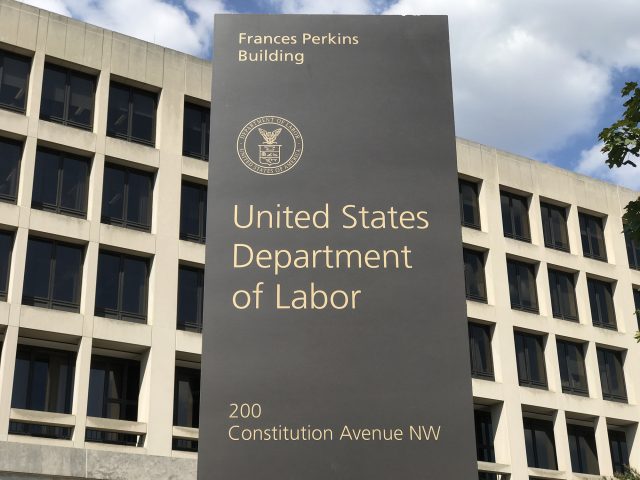Department of Labor Comes Down Hard on Social Investing
Alicia H. Munnell is a columnist for MarketWatch and senior advisor of the Center for Retirement Research at Boston College.
Proposed rule says that private pension plans cannot sacrifice return for other considerations.
On June 23, the Department of Labor announced a proposed rule strongly limiting ESG (or “social”) investing for private pension plans covered by the Employee Retirement Income Security Act of 1974 (ERISA). I applaud this rule.
Pension fund investing is not the place to solve the ills of the world. ESG investing – which involves environmental, social, and governance factors – is a diversion that enriches financial managers, reduces participants’ retirement investment returns, and makes people think they are addressing a problem without doing anything substantial. No one can seriously think that stock selection is going to fix climate change.
The DOL takes a strong stand: “It is unlawful for a fiduciary to sacrifice return or accept additional risk to promote a public policy, political, or any other nonpecuniary goal.” Apparently, the agency undertook this initiative out of concern that ESG investments were becoming more and more popular with pension funds. It also wanted to eliminate confusion over DOL’s opinion on this type of investing, which has meandered over the years.
Historically, ERISA fiduciary law has effectively constrained ESG investing in the private sector. In 1980, a key DOL official published an influential article warning that the exclusion of investment options would be very hard to defend under ERISA’s prudence and loyalty tests. Since 1980, the DOL has attempted to clarify its position on ESG investing several times in Interpretive Bulletins.
- The 1994 Bulletin aimed to “correct the popular misconception” that ESG factors were incompatible with ERISA fiduciary requirements. The message was that while plan fiduciaries may not accept lower expected returns or greater risks in order to promote non-economic benefits, they could consider ESG factors as “tie-breakers” if investment alternatives present equal expected risks and returns.
- In 2008, the DOL replaced the 1994 Bulletin with new guidance that the use of non-economic factors in selecting investments should be rare. Fiduciaries considering these non-economic factors must demonstrate their compliance with ERISA.
- The 2015 Bulletin withdrew the language from the 2008 Bulletin, reinstating the 1994 Bulletin position. It went further to clarify that ESG may have a direct impact on the economic value of a plan’s investment, and, as such, should be integrated into quantitative models of risk and return.
The new proposed rule takes an explicit swipe at the notion that non-pecuniary factors can be considered as “tie-breakers,” opining that tie-breaking situations rarely arise and adding special analysis and documentation requirements when fiduciaries claim to be choosing among “indistinguishable” investments.
While the proposed rule is aimed at private pension plans, state and local plans, to date, have accounted for the bulk of the social investing activity. Screening pension fund investments has not been an effective means of achieving social goals, and it distracts plan sponsors from their primary purpose – providing retirement security for their employees.
Most importantly, many studies have shown that social investing hurts returns. In our own work, using information from Bloomberg’s ESG data service, we matched a selection of ESG funds with comparable Vanguard mutual funds for five asset classes (three equity and two bond). In most cases, the Vanguard funds outperformed their ESG counterparts, often by a considerable margin. Part of the reason is that the fees in the ESG funds are roughly 100 basis points higher than their Vanguard counterparts, which may reflect the additional resources required to perform the screening.
This country faces a lot of challenges, but thinking that we are going to solve our problems by changing the investment portfolio of pension plans is both foolhardy and detrimental to the retirement security of public and private workers.







